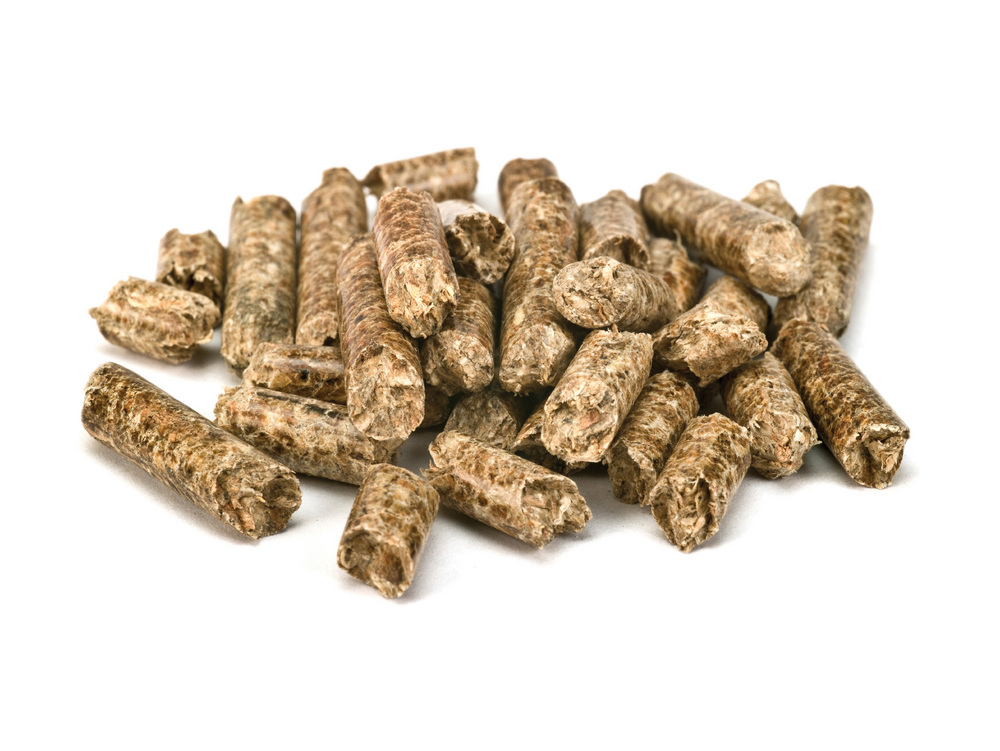Creating a Commodity




November 1, 2011
BY Matt Soberg
A workshop, “Transforming Biomass into Feedstock,” was held in August at the Idaho National Laboratory in Idaho Falls, and was sponsored by various organizations including the U.S. DOE’s Office of Science, Advanced Research Projects Agency-Energy and Office of Energy Efficiency and Renewable Energy’s Biomass Program.
The workshop was held to inform the bioenergy industry about preconversion and densification to increase biomass bulk and energy density for improved logistics and performance in bioenergy applications.
Advertisement
Processing raw biomass can be difficult due to its variability, according to Kevin Kenney, an INL bioenergy researcher. The workshop was designed to enhance discussions about how to transfer raw biomass into high-quality feedstock, and presenters discussed three areas of feedstock preparation, namely, preconversion, formulation and densification.
The event featured the new Feedstock Process Demonstration Unit (PDU) designed by the DOE’s Biomass Program to test and evaluate feedstock logistic technologies in the field. The PDU consists of a series of engineering-scale test units that integrate multiple steps of the feedstock logistics system, from collection and densification of feedstock to storage, queuing and moisture management, according to the DOE. The unit physically tests formulized feedstock-related theories and ideas.
The transportable PDU, which can process 5 tons of biomass per hour, provided first-hand demonstration of feedstock processing. A two-hour demonstration displayed an example of blending feedstocks, specifically corn stover, eucalyptus, pine and switchgrass, to produce an optimal fuel. Research has shown that some blends can be pretreated more easily than any one feedstock alone, Kenney says.
Advertisement
Each session included discussion and feedback between researchers and industry professionals, identifying barriers to developing optimal biomass feedstock. The information will help the sponsors and DOE develop and update the biomass feedstock roadmap to describe the vision, barriers and plan for the next generation of feedstocks, according to the INL.
Workshop materials and webinar links can be found at https://secure.inl.gov/densification2011/default.aspx.
—Matt Soberg
Related Stories
The U.S. Department of Energy Bioenergy Technologies Office (BETO) announced up to $23 million in funding to support research and development (R&D) of domestic chemicals and fuels from biomass and waste resources.
The U.S. DOE has announced its intent to issue funding to support high-impact research and development (R&D) projects in two priority areas: sustainable propane and renewable chemicals and algal system cultivation and preprocessing.
Sens. Sherrod Brown, D-Ohio, and Pete Ricketts, R-Neb., in August introduced the Renewable Chemicals Act, a bill that aims to create a tax credit to support the production of biobased chemicals.
The Chemical Catalysis for Bioenergy Consortium, a consortium of the U.S. DOE’s Bioenergy Technologies Office, has launched an effort that aims to gather community input on the development of new biomass processing facilities.
USDA on March 8 celebrated the second annual National Biobased Products Day, a celebration to raise public awareness of biobased products, their benefits and their contributions to the U.S. economy and rural communities.
Upcoming Events










